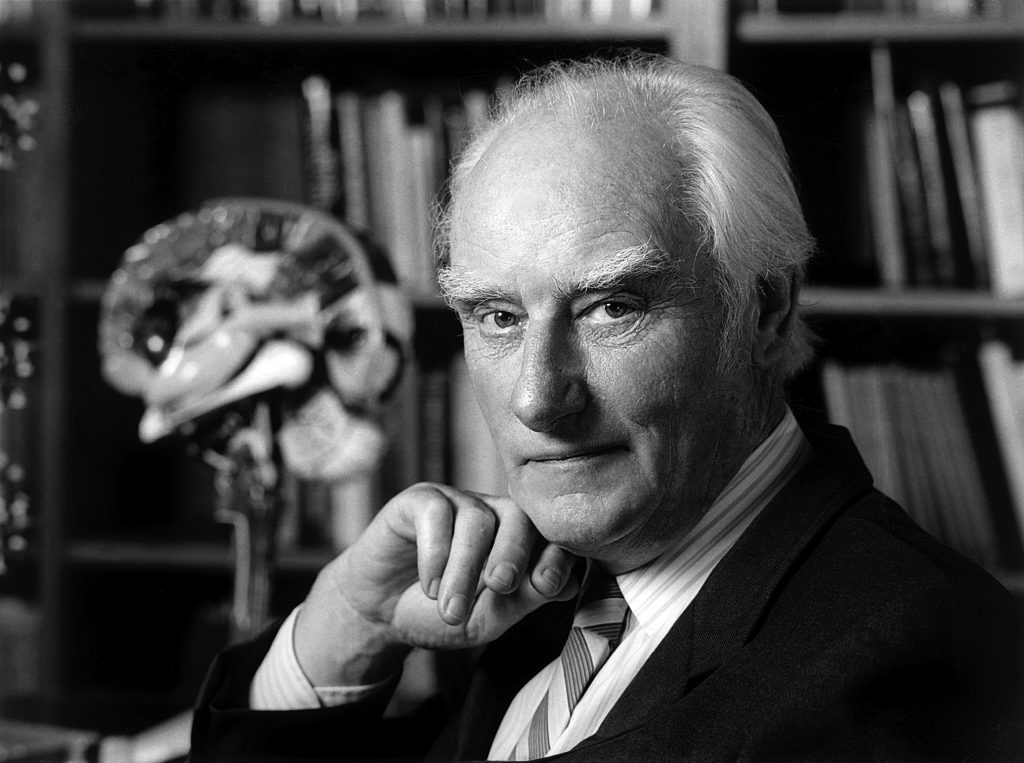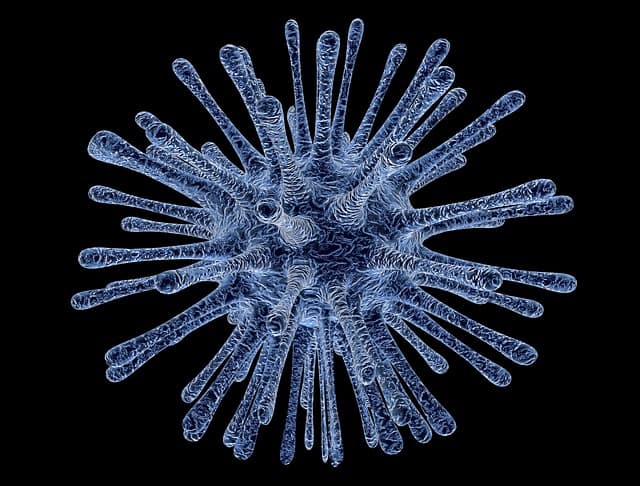DNA – The Twentieth Century’s Greatest Scientific Discovery

There were two scientists, a British and an American scientist that were both working at Cambridge University in the year 1953. They went on a place known as “Eagle” where they claimed to have discovered the “Secret Of Life”.
Not all the people in the University could comprehend what the discovery was all about but the few scientists who were there got a gist of what the two scientists had discovered. The news was very important to the scientists because no one has ever discovered the structure of the DNA molecule.
Francis Crick and James Watson were very proud and excited when they discovered the DNA molecule since it was one of the greatest scientific discoveries.

The double helix is also known as DNA is now well known by so many scientists and normal people because it was included in Biology especially books that are related to genetics.
It’s now 60 years since the discovery was made and at times people wonder what would have happened if the two scientists did not discover the structure of the DNA molecule. It took the scientists a very long time to prove that the discovery was indeed true, how the structure of the DNA molecules came to existence and come to a sound conclusion.
Proving scientific discovery required the scientists to have prior knowledge in all the three fields of science that is Physics, Chemistry and most importantly Biology.
It was a very tough and time-consuming protocol because, in order to come up with the best conclusion, the scientists encountered disagreements, errors and shattered expectations.
The two scientists finally came to a conclusion after they were assisted by the other scientists which led to their success. It took the two scientists almost 20 years to discover the mystery behind the DNA molecules whereby it involved them collecting enough data and matching up all the information obtained from the research they had been conducting for years.

It was magnificent how the two scientists compared their data in order to come to a conclusion that was the model they were researching on. Before they were other scientists who were willing to spend the rest of their lives researching DNA molecules and whenever they tried to acquire knowledge about it and come up with their own models, they failed to pass.
With all the hard work involved in the study conducted by the two scientists James Watson and Francis Crick, there were some important people who were also playing a vital role in the success of the discovery.
Working with Kings College in London, Rosalind Franklin and Maurice Wilkins were the ones assisting the two scientists as they did research pertaining to the structure of DNA molecules. Maybe without the cooperation of the four scientists, it would have been very difficult to unravel the mystery behind DNA molecules.
Nine years after the scientific discovery was made by the two scientists, the discovery was proven to be true and a Nobel Prize was awarded to two scientists including Maurice Wilkins.
Rosalind Franklin could have also been included in the winning of the Nobel but unfortunately, he was ill for a very long time and past on four years before the award. There were rumors that he died of cancer at the age of 37.today James Watson is the only scientist who is alive at 84 years as all the others had passed away.

With several institutions conducting research on genetics, James Watson went to the US and decided to join them right after the discovery of the structure of nucleic acids.
He then led the institutions for about two years because of the kind of respect he got from coming up with the discovery. No scientist could be compared to him even up to today because he has so much knowledge in the genetics field.
Since he was one of the scientists that discovered the DNA structure, he did come to a decision about publishing a book he had written in 1968 that expounds the details of the DNA structure in-depth to create awareness for people.

Published in 1968 was the book entitled ” A personal account of the discovery of the structure of the DNA” but then a new book was also released in 1970 which is known as the “Propeller life” these books outline all the events that took place before the discovery was made and where exactly it happened.
The Academic life at Cambridge University is also featured which explains the roles that were played by all the scientists that took part in the conclusion of the DNA discovery. It also outlines how disagreements resulted in the process as well as the battle of ideas among the scientists involved.
The material support of hereditary information is what is termed as the Deoxyribonucleic acid (DNA) which is responsible for the formation of genes. The polynucleotide which is a molecule of DNA has nucleotides as the basic units. Each and every nucleotide has three elements; sugar molecule (deoxiriboza), one or more Phosphate groups and nitrogen.
DNA has so many levels of structure as it is one of those complex molecules which will not outline whatever is composed in the primary structure of the molecule but it can show the character of the contents.
DNA is present in each and every living cell as two or several chains of nucleotides. The way hydrogen bonds are between pairs of nitrogen chains will determine how the secondary structure will form. It is only in specific combinations that nitrogenous bases can link up but in normal circumstances, it cannot.
Crick and Watson showed people how a single strand of DNA can be linked together according to their research. The DNA molecule also has a tertiary structure that exists in a three-dimensional shape which was deeply explained by the four scientists.
Two strands twisted around each other at a specific angle forms the helical structure and it is quite evident that the double helix in the form of the DNA. Both Crick and Watson became famous because of discovering the third structure of the DNA which is the tertiary structure.
The DNA is capable of associating itself with other molecules because of its quaternary structure and by interacting with the other molecules; it has the ability to perform several functions. These molecules that DNA interacts with include histones which are certain proteins in the body cell to lead to the formation of chromatin which is a compact structure.
At this time the molecules of the DNA have a funny physical appearance like a twisted spiral.
The sides of the DNA molecule are made of the three elements the phosphate groups + deoxiriboza which are now known to everyone thanks to the scientific discovery that was made 60 years ago by Crick and Watson.
No one even knew what DNA was or if it even existed. The reason why the discovery of DNA was difficult to come up with was due to the fact that the molecular structure of DNA was very tiny and the microscope could not be used to check it like the other molecules. To come up with information about the molecules of DNA, tough calculations, analysis interpretation, and so many assumptions were involved in the process but most of them ended up being disapproved.
It was very hard to determine the molecular structure of DNA so people did not know about the genes that are in the body cells. As much as the scientific discovery about DNA molecule was widely accepted by all the scientists, there were some things that were never accepted since they were considered to be assumptions that have not been proven to be true.
An example of such kind of an assumption is whereby people believe that genes contain nucleic acid but scientists say that genes contain proteins.
According to how Watson and Crick understood about their study concerning DNA, they also support the idea that the genes are composed of nucleic acids and their model also ensured that what they were claiming at that time was right.
There is a lot of chemistry involved in the study and discovery of the DNA molecule, especially whereby deoxiriboza, nitrogen, and phosphate are composed of DNA molecules. It is also found that there is a big relationship between the quantities of these nitrogen bases cytosine, guanine, thymine and adenine.
Thymine’s quantity is equal to the quantity of adenine and the quantity of cytosine is also equal to guanine. This is known as the Chargaff rule since Erwin Chargaff was the man that did discover this relationship in quantities.
So if the structure of the DNA molecule was never discovered by Crick and Watson, it obviously means that this vital information would also not be known by people today.
What led to the assumption that the DNA molecule structure is helix is the x-ray crystallography study that was always applied by Maurice Wilkins and Rosalind Franklin. The diffraction images from the x-rays showed that the structure of the molecules of DNA was indeed helix.
Linus Pauling, a very famous American chemist who was working at the University of California discovered that many proteins float in the air and the kind of structure they have is referred to as an Alpha – helix. This was what had triggered the two scientists to dig deep which led to the scientific discovery of the structure of DNA molecules.
These molecular structures are formed using some computer program that also shows how the configuration takes place especially if they are twisted in all the directions. It may be impossible to identify the DNA structure without using a computer but the most incredible thing is that Crick and Watson used their model manually in order to know the structure of DNA.

Nowadays the DNA subject seems very easy for most people especially the molecular structure since Crick and Watson had made everything comprehensive and the most difficult part was the discovery and they did that for people.
In the early 1950s, there were so many competitions held to award the people who will have discovered the first structure of DNA and each and every scientist was hoping that he could be the one to receive the award. Linus Pauling also participated in the competition in 1951 and presented a paper that showed that the structure of DNA has 3 strands but he was wrong. It was a shock to many because he was the best in the field and was most likely to win.
This made Crick and Watson rethink and they came to the conclusion that the DNA structure has two strands after they reviewed it from the x-ray. the strands were meant to form some kind of a propeller for the structure to be completed and the funny thing was that nobody had an idea of how the strands were to be placed so that it could form a propeller.
People had their own ideas and for quite some time people thought that deoxiriboza and the phosphate groups were at the center of the helix and the bases of nitrogen were on the sides.
When some of the scientists build a three-dimensional model using this thought, everything looked messy and there was no way that was how the strands for the DNA structure are placed.
The angles and the distances correspondent to the chemical and molecular bonds should always move to the plates that correspond to them and this is where people were making the wrong turn. What the scientists were building was not built under the above rule since the angles and distances were not corresponding to the chemical and molecular bonds and also lead to the corresponding plates.

The correct way to build the model was to place the nitrogen bases at the center then deoxiriboza and the phosphate groups to be at the sides. Thanks to Rosalind Franklin, who made it a success by convincing Crick and Watson to choose the center which turned out to be correct.


